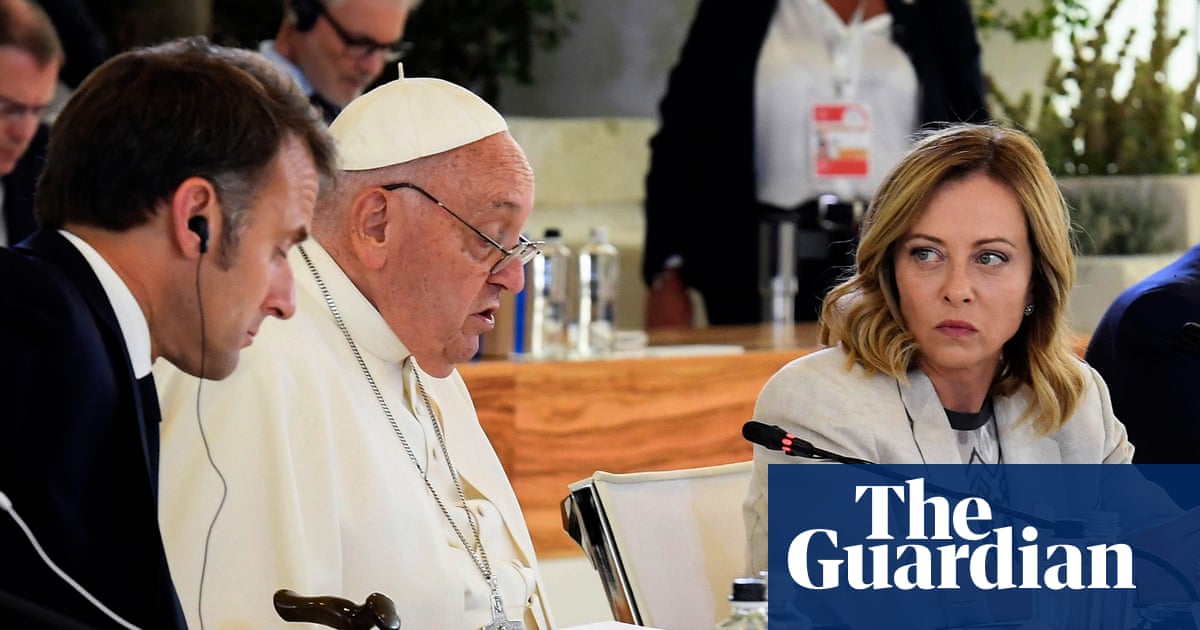Hikers may be inadvertently damaging the environment and risking their own health by wearing clothes made waterproof with âforever chemicalsâ, according to research by Ethical Consumer.
The campaigning magazine examined 27 companies that make outdoor clothing such as fleeces, waterproof jackets, walking boots and rucksacks, and found 82% were still using per- and polyfluoroalkyl substances, or PFAS.
Some chemicals classed as PFAS have been linked to health problems including high cholesterol, fertility, immune system disorders and some cancers. They have been used in consumer products since the 1950s and can take hundreds of years to degrade, contaminating the soil and water supply.
The government said in February that it was considering restricting the use of PFAS in consumer products under the UKâs REACH chemical regulations on the basis that they may be hazardous. Yet there are alternatives. Páramo and Finisterre use no PFAS in their products, while Fjällräven, Alpkit, Lowe Alpine and Patagonia are mostly PFAS free. They and more than a dozen other firms say they will end their PFAS use next year.
But nearly half of the companies assessed by Ethical Consumer had no phase-out date for using PFAS.
Jane Turner, an Ethical Consumer writer and researcher, said: âThe irreversible global contamination and extreme toxicity of âforever chemicalsâ have been undisputed for years, but most outdoor clothing companies are still unnecessarily using them and adding to the PFAS pollution burden. Thatâs not acceptable, and companies must stop using them now. Consumers should only buy from the responsible companies that have stopped using PFAS.â
There are more than 10,000 PFAS chemicals, according to Fidra, an environmental charity aiming to reduce plastic waste and chemical pollution. Those used in outdoor gear help fabrics repel water, making the liquid slide off.
The process of weathering the material means that hikers wearing outdoor gear shed some of the chemicals into the environment, although most PFAS pollution occurs during the manufacture of the chemicals, when they are applied to fabric, and when a product is thrown away.
Hannah Evans, a project manager at Fidra, said: âPFAS have been found in rivers running through England, on the slopes of Mount Everest and in more than 600 wildlife species, from polar bears to bottlenose dolphins.
after newsletter promotion
âIn Europe alone there are at least 23,000 known contamination sites, 2,000 of which are considered PFAS âhotspotsâ â areas where Âconcentrations are deemed hazardous to health. PFAS are contributing to a global chemical pollution crisis.â
Páramo said it did not use PFAS in its products because its fabric, Nikwax, mimicked animal fur by pushing water outwards. But contamination from other companies using the chemicals can be a problem for firms trying to move away from PFAS.
âThe biggest issue for us was not removing PFAS substances from our own processes but rather persuading the fabric mills we work with to do the same, guaranteeing PFAS-free fabrics,â a Páramo spokesperson said. âSince 2016, we have been able to guarantee that every single garment we make is PFAS-free.â
The attraction of using PFAS is that it can make fabrics stain resistant as well as water resistant. They are also used to make nonstick frying pans, fridges, jet engines and electrical devices. Choosing to remove a potential selling point can be a difficult decision for some companies to make. Keen, whose walking boots have been PFAS-free since 2018, said that it âjust needed something that was effective at repelling water and dirtâ rather than âstains, grease and motor oilâ.
Fjällräven said that not making its jackets oil repellent was âa low price to pay. Itâs easy to add functionality because itâs nice to have, but every function has a side-effectâ.
The Royal Society of Chemistry has called on the next government to establish an agency to regulate the use of PFAS and other substances. After Brexit, the UK left the ECHA, the European chemicals agency, and chemical use is governed by the Health and Safety Executive with the support of the Environment Agency. The government under Theresa May promised in 2018 to create a chemicals strategy, yet nothing has been published.









